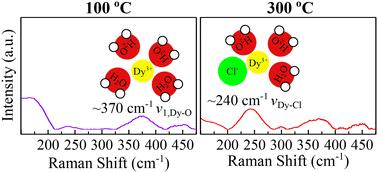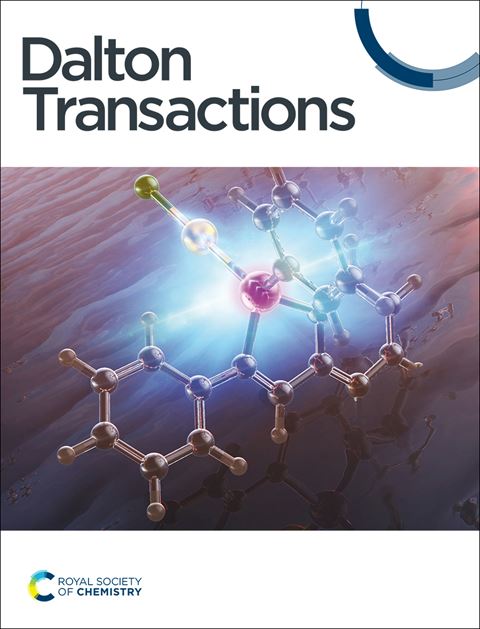In situ Raman investigation of Dy complexation in Cl-bearing aqueous solutions at 20–300 °C
IF 3.5
3区 化学
Q2 CHEMISTRY, INORGANIC & NUCLEAR
引用次数: 0
Abstract
Raman spectroscopy provides a versatile tool for in situ characterization of aqueous rare earth elements (REE) speciation at the molecular level. Complexation of REE with ligands such as Cl− and OH− is of particular interest for understanding the mobility of REE in NaCl-bearing hydrothermal fluids responsible for enriching REE to economic levels in nature. Raman spectroscopic studies of REE speciation in Cl-bearing aqueous fluids are primarily conducted at ambient temperature, whereas natural systems indicate temperatures of >100–600 °C. In this study, the speciation of Dy in acidic chloride-bearing hydrothermal solutions was investigated using confocal Raman spectroscopy with a new capillary Raman heating stage at 20–300 °C. Background solutions (pure water, NaCl-solutions) and solutions with 0.14–1.8 mol kg−1 dissolved DyCl3 were sealed in quartz capillary cells. Comparison of the spectra for Dy chloride solutions with those for background solutions and the spectra for reference Dy-bearing solids was used to identify Raman bands specific to Dy–O and Dy–Cl bonds. The Raman band for the Dy–O stretching mode of hydrated Dy3+ aqua ions was measured at 365–384 cm−1 and a Raman band for the Dy–Cl stretching modes of Dy chloride complexes was measured near 240 cm−1. The Dy–O band decreases systematically with temperature, whereas the Dy–Cl band systematically increases, indicating a systematic increase in the stability of Dy chloride complexes with temperature. This study provides the framework for expanding the use of in situ Raman spectroscopy to investigate the speciation of REE in aqueous solutions to hydrothermal conditions.

求助全文
约1分钟内获得全文
求助全文
来源期刊

Dalton Transactions
化学-无机化学与核化学
CiteScore
6.60
自引率
7.50%
发文量
1832
审稿时长
1.5 months
期刊介绍:
Dalton Transactions is a journal for all areas of inorganic chemistry, which encompasses the organometallic, bioinorganic and materials chemistry of the elements, with applications including synthesis, catalysis, energy conversion/storage, electrical devices and medicine. Dalton Transactions welcomes high-quality, original submissions in all of these areas and more, where the advancement of knowledge in inorganic chemistry is significant.
 求助内容:
求助内容: 应助结果提醒方式:
应助结果提醒方式:


